Making the invisible visible
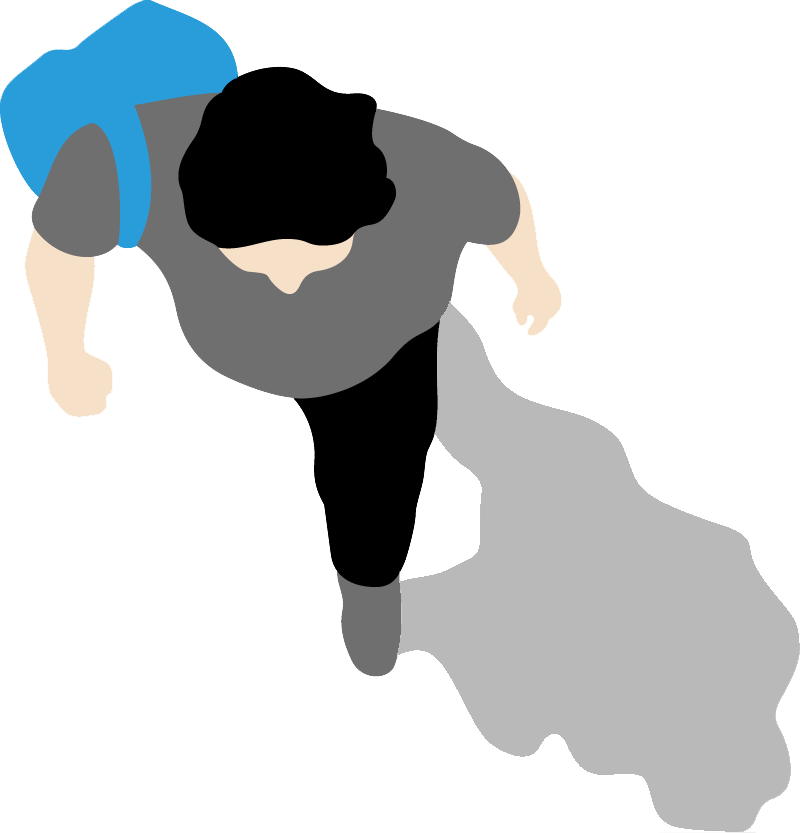
This LGBTQ+ history month, Khushi Bajaj, one of our Youth Campaign Officers, talks about the importance of community-led walks in making the history of marginalised groups more visible.
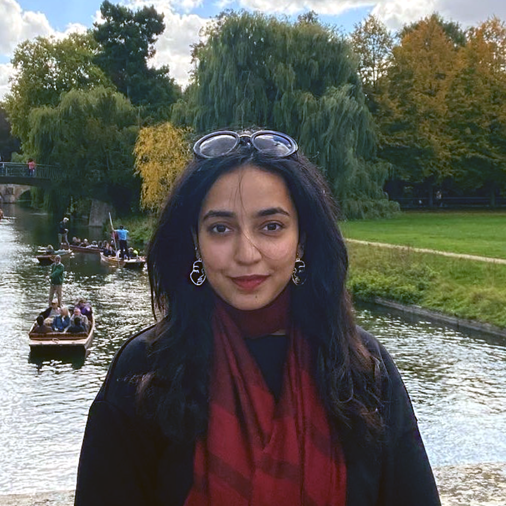
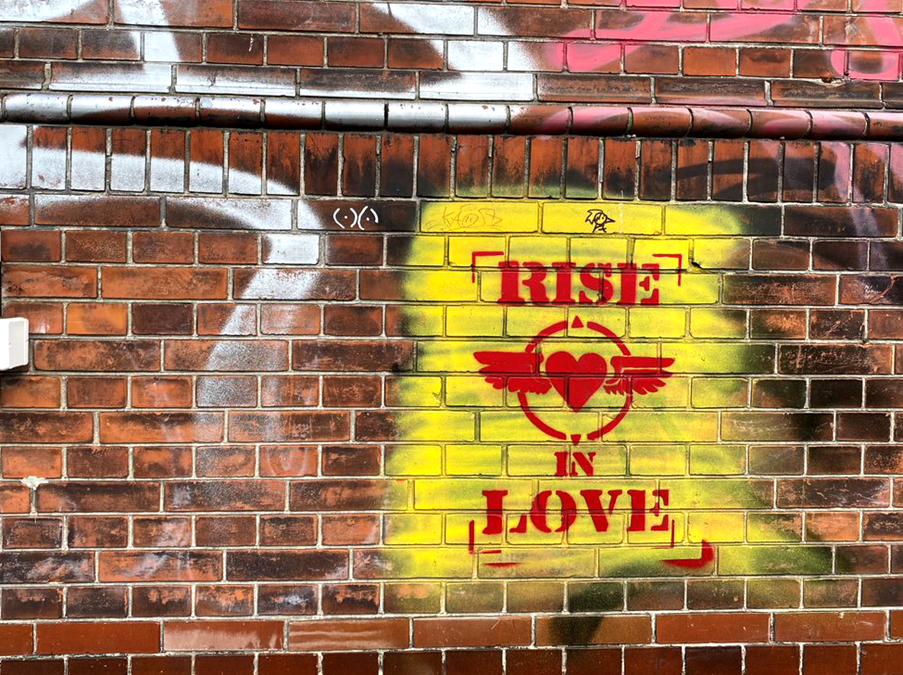
Making streets inclusive is not just about the future but also the past. How we celebrate or neglect significant places for specific communities impacts their importance in the present. The LGBTQ+ community is one whose history and presence in London is not as accessible and visible as it could be.
Arup’s ‘Queering Public Space’ report explains:
“Through memorials, statues, monuments, ruins, symbols, commemorative plaques, names of streets, buildings and neighbourhoods, the past is spatially and physically brought to our everyday urban life. What gets preserved is heavily influenced by those who exercise power over the planning and architecture of our cities.”
At our National Walking Summit, we will take people on a walk to discover some of Leeds’s rich LGBTQ+ history. From lost gay bookshops to lesbian minibus activism, you’ll see the city in a new light and reflect on why it’s so important to make visible the diverse stories that are hiding in plain sight.
Dr Kit Heyam, who is leading the walk with us, started the Rainbow Plaques project along with Helen Graham in 2015. The project invites members of the LGBTQ+ community to write moments from collective or personal history on temporary rainbow-coloured cardboard, so that they can be put up in their cities, as well as campaigning for permanent heritage plaques.
Advocating for institutional changes so that LGBTQ+ history is preserved and celebrated, along with providing temporary place makers like these community led-initiatives, can make a significant difference.
Providing community led walks that highlight a historic focus for a specific community or multiple perspectives through an intersectional approach play a significant part in making people feel visible and valued.
Of course, we could have looked up the facts online, but that wouldn’t have given us the chance to be a part of a group of people that included older LGBTQ+ adults who have lived through the times being talked about. From people comparing notes on where they were during events in more recent history to them deciding to share parts of their journey with the group- this was a community experience like no other.
It was not just about giving young people, like me, the opportunity to learn about the experiences of older people, but it also gave us the chance to socialise with others who had had similar life journeys. This is an important sign of a successful history walk- people across generations getting the space to communicate with each other.
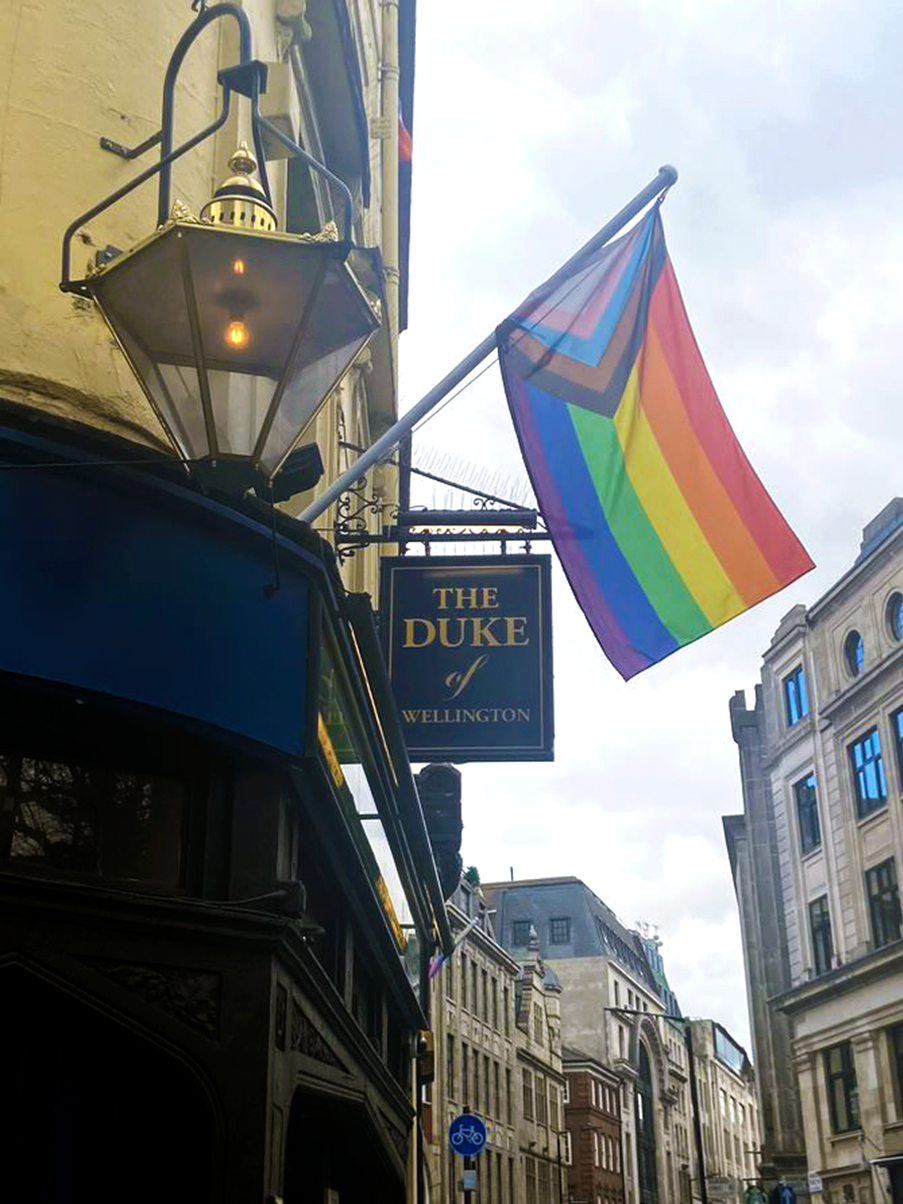
We could have looked up the facts online, but that wouldn’t have given us the chance to be a part of a group of people that included older LGBTQ+ adults who have lived through the times being talked about.
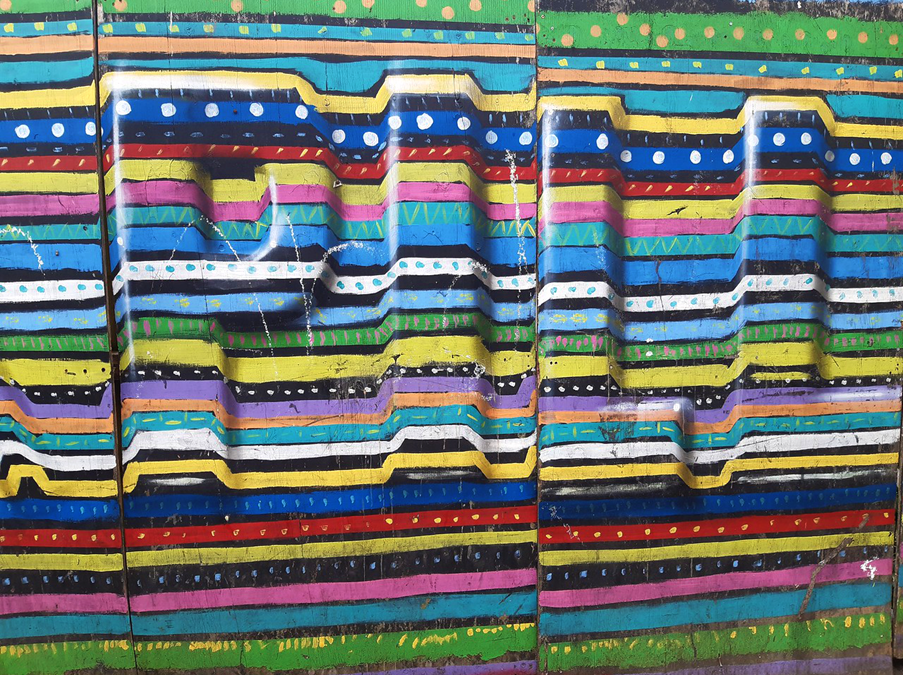
The led walk also connected the past to the present by having someone from within the community leading a walk. In this case, the walk leader, Mark, spoke about streets and places like they were living beings- growing and changing over time, but also hurting and healing and opening their arms up once again.
One of the stories that really stood out to me from the walk was the story of Admiral Duncan, an LGBTQ+ pub in Soho. In 1999, a neo-Nazi planted a bomb in the pub, resulting in death of three people and the injuring of 83. The pub decided that instead of letting this tragedy scare them into having tighter security, they would instead install doors that completely opened up the front of the establishment- sending a message that even the most violent forms of hate would not stop them from inviting the community back in.
All of a sudden, a random street in Soho that I had walked across many times with my friends transformed into a monument of kindness and resilience. That is what history walks do - they give you the chance to follow different footsteps while walking down the same street.
If you want to find out more about how our Local Groups are working to bring people together through walking, or how you can join or start one in your area, visit our Local Groups page.
